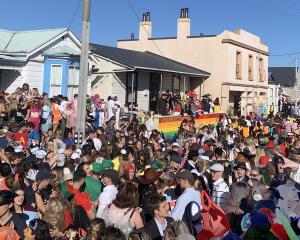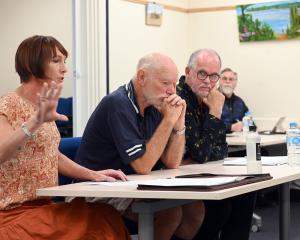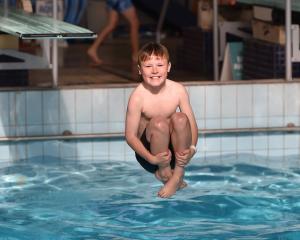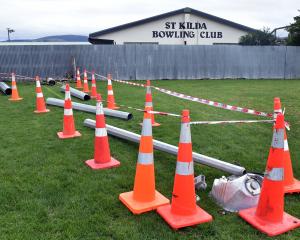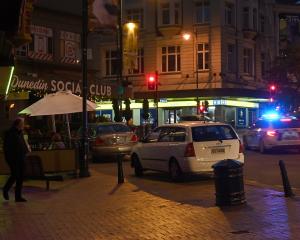Graffiti Doctor Dunedin operator Roger Knauf has been removing tags from Dunedin buildings for four years. He does the bulk of graffiti removal for the council and has co-operated with police many times. He considers it part of his civic duty.
Mr Knauf takes photos of every tag before he removes it, so when police catch a tagger it is an easy matter for him to look through his pictures and determine what other tags that individual might have done and provide this evidence to the prosecution.
''Taggers aren't exactly the sharpest pencils in the packet. They always use the same tags,'' he said.
Mr Knauf compared tagging to wildfire and said if hotspots were not dealt with they could flare up and become a major problem.
''The only way for general people to defend against the problem is to not be apathetic about dealing with it,'' he said.
In general, Mr Knauf believed Dunedinites had a lot of civic pride and would have graffiti erased as soon as it was discovered.
Graffiti was not on the rise in Mr Knauf's opinion, but certain incidents, such as the blatant tagging of the Farmers Store, last year bought it to the public's attention.
''It's an ongoing problem that has always been around,'' he said.
In his average week, Mr Knauf would be cleaning up between 70 to 200 fresh tags but this would fluctuate depending on the time of year and the weather.
''The inside of public toilets and inside areas get hammered when it's raining,'' he said.
''We also get more graffiti while the students are here, not necessarily because they are doing the tagging, but because they create an atmosphere where it can be done because there are a lot of people around.''
While tagging did increase when school children were on holiday, it was more common in winter months because longer hours of darkness provided taggers with more cover.
South Dunedin, North Dunedin, and the Central City were the most heavily affected areas.
The taggers usually came from low socio-economic backgrounds and often had gang connections, which were evidenced in group tags around the city, Mr Knauf said.
The most common items used to do the tags were spray paint, Vivid markers, metallic-paint markers, and Twink pens. Illegal poster advertising was also a common problem.
- Jonathan Chilton-Towle




